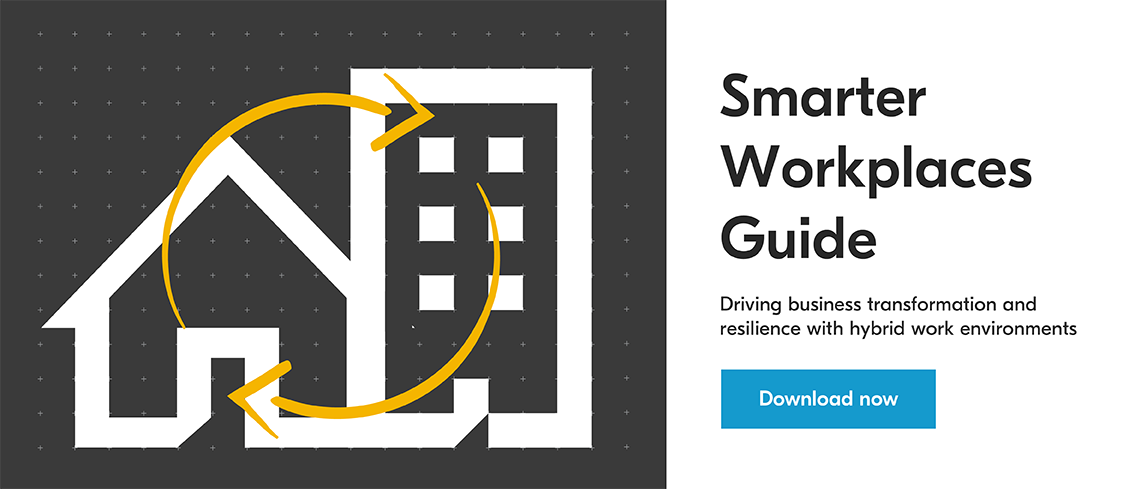
Over the past year, many organisations have invested more in content services platforms due to the rise in remote working and the acceleration of digitisation. For many businesses, this meant the implementation of brand new systems into their workflows - and rightly so, since making sure that you choose the right technology for your hybrid workforce is the first critical step in effective and efficient document management.
Yet, as with any new business system, selecting the right technology stack is only part of the equation. To get the most value out of your system, you need to apply a strategic approach to the implementation, optimisation and processes for the ongoing use of your content services platform (such as an Enterprise Content Management). You also need to develop a thorough understanding of your organisation’s full document lifecycle.
As the name suggests, content services platforms are all about enabling an easy and secure flow of relevant information throughout your entire organisation. So when it comes to optimising your existing content services platform or configuring an entirely new one, it pays to ask yourself these four key questions to help you drive increased productivity and growth in your hybrid workplace, both now and in the future.
1. Is your content accessible?
It’s not uncommon for organisations to follow complex sales processes. The steps involved could include an array of touchpoints as sales representatives court prospective customers - everything from chatting to the customer online, to answering technical queries, creating quotes in the CRM and sending the quote to the appropriate department to process and ship the order.
As you can imagine, with such a complex process that touches so many departments (sales, implementation, logistics and finance), it can be difficult to make sure that every department is always on the same page, especially if there have been multiple changes in the transition to hybrid working. If at any point the sales process stalls and the departments are unaware of it because they simply don’t have access to the information, you risk becoming incredibly inefficient. This is why providing ready access to information is extremely important if you want to make a good impression on the customer and process that sale efficiently.
So, how can you tell if your content is accessible or if your content services platform has room for improvement?
- Remote staff can access what they need with an internet connection and mobile device.
- Only one login is needed to access all content because it is centrally stored.
- Each department involved can see the progress of a task at any point in time.
- Delays in the process are evident to those with appropriate access.
2. Is all your content digital?
It goes without saying that when content is stored on paper and filed away in filing cabinets, it’s much harder to retrieve what you’re looking for. This is why managing content in a content services platform, such as an ECM, is the modern-day standard.
When content is digital, it’s easy to search because it’s sorted and indexed. This allows users to search and filter content to easily sift through the most relevant results.
Virtual content also has significant gains from a security standpoint, as with an ECM you will be able to limit content visibility according to the user’s level of access, meaning they will only be able to search content available to them.
So, what are the expectations of virtual content within content services platforms?
- It’s in a searchable format (digital as opposed to paper-based).
- All content is indexed and tagged with appropriate tags.
- Staff can apply filters and tags to find what they need.
- It’s intuitive and easy for staff to use.
3. Is your content secure?
One of the key objectives of content services is to enforce robust security controls around content flowing throughout your organisation.
In fact, the biggest threat to security is human error - for example, if a remote staff member prints a confidential document from an unsecured home printer!
So, how can you tell if your content is secure?
- You can apply access controls, organising users into groups and applying basic access rights (read, edit, delete) on a set of documents grouped by type and category.
- You can apply feature controls, limiting what employees are allowed to do once they have access to content - for example, printing, emailing or exporting.
- Audit trails are recorded for each and every document.
4. Is your content relevant?
Making sure that staff can easily access relevant content is what enterprise content management and content services is all about. Besides allowing users to filter through content, a content services platform will manage the versioning of documents so that staff can reference documents with confidence, knowing that what they are looking at is the latest version. This is critical in a hybrid work environment, where employees will be collaborating on documents from multiple locations. The platform will also allow you to set up workflows, automating each step in the process. This means that only the relevant person sees the content at any given time.
Some modern ECM systems, for example, will also include dashboard reporting as an add-on. If you’re working in the Accounts Payable department, you could set up a dashboard to see how many invoices are being processed, how many invoices are waiting for payment, and how many are ready to be paid - all in easily digestible visualisations. You can then drill down to your invoice dispute list, and see a list of people who you are having disputes with, as well as all the relevant documents.
So, what are some signs that your content services platform is helping users access relevant content?
- Staff are always working off the latest version of a document, regardless of where and when they access it.
- Automated workflows can be set up between departments with varying access and feature control limits.
- Drill-down reporting is available and searchable using lists and/or dashboards.
So, are you truly getting the most out of your content services platform?
Building a resilient and productive hybrid work environment requires the right hardware, software and processes. Download our Smarter Workplaces Guide for a step-by-step strategy for implementing an effective hybrid work model that equips your employees to work anywhere, any time.
Kyocera Document Solutions provides innovative products, software and ICT services for hybrid work environments, enabling businesses to implement smart workplace solutions that drive business transformation and resilience.
This article was originally published on 9 October 2019. It was modified on 9 March 2021.








